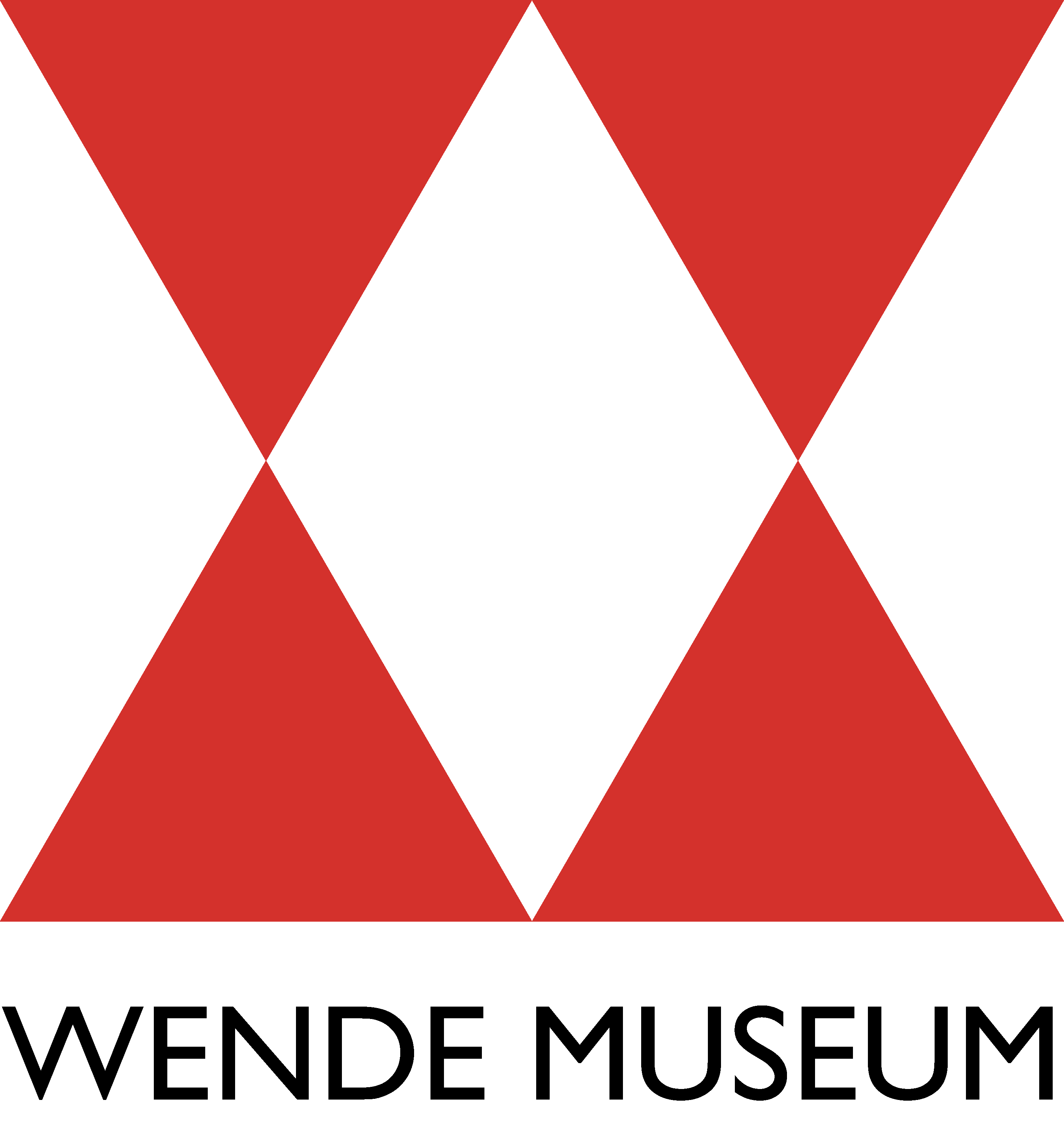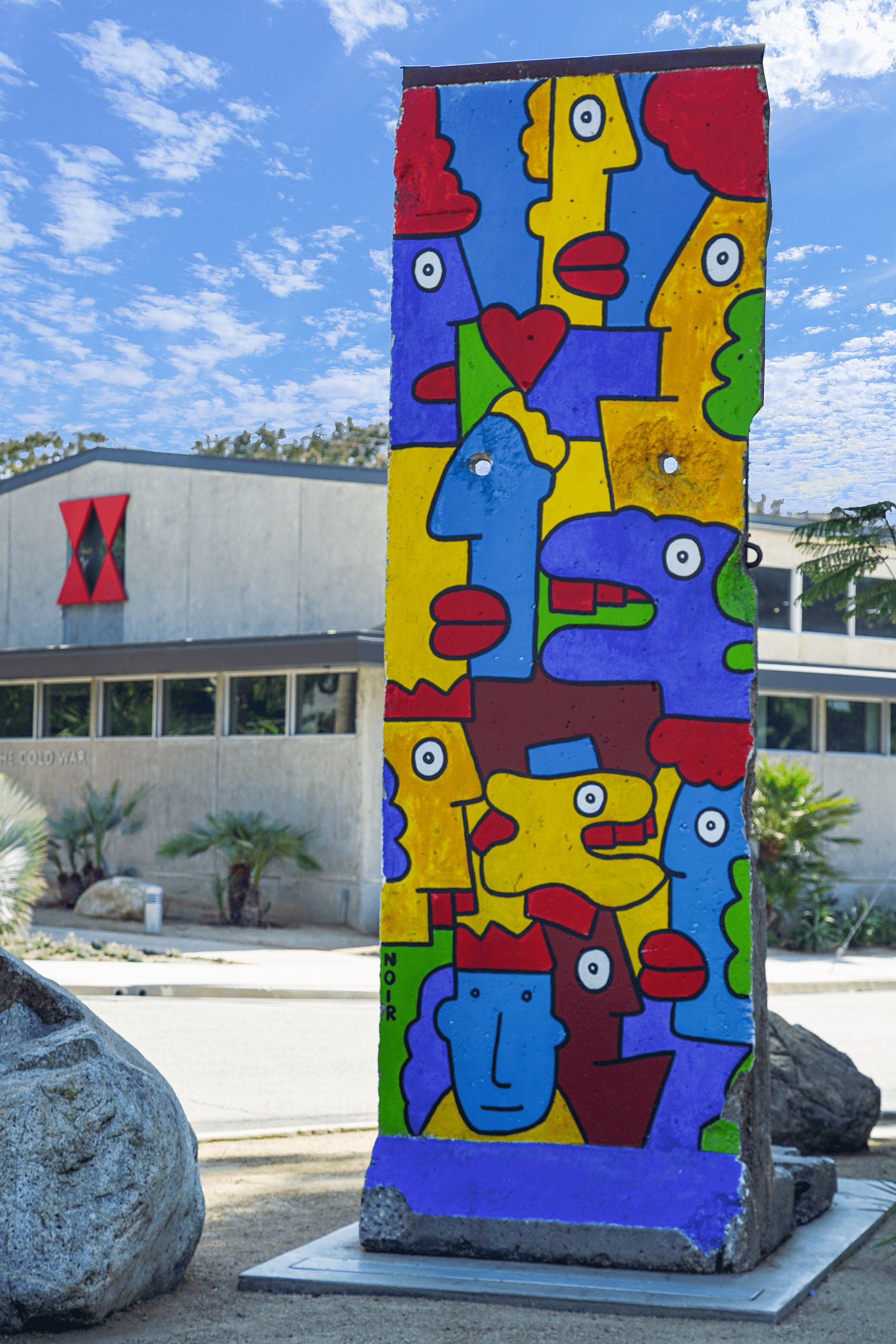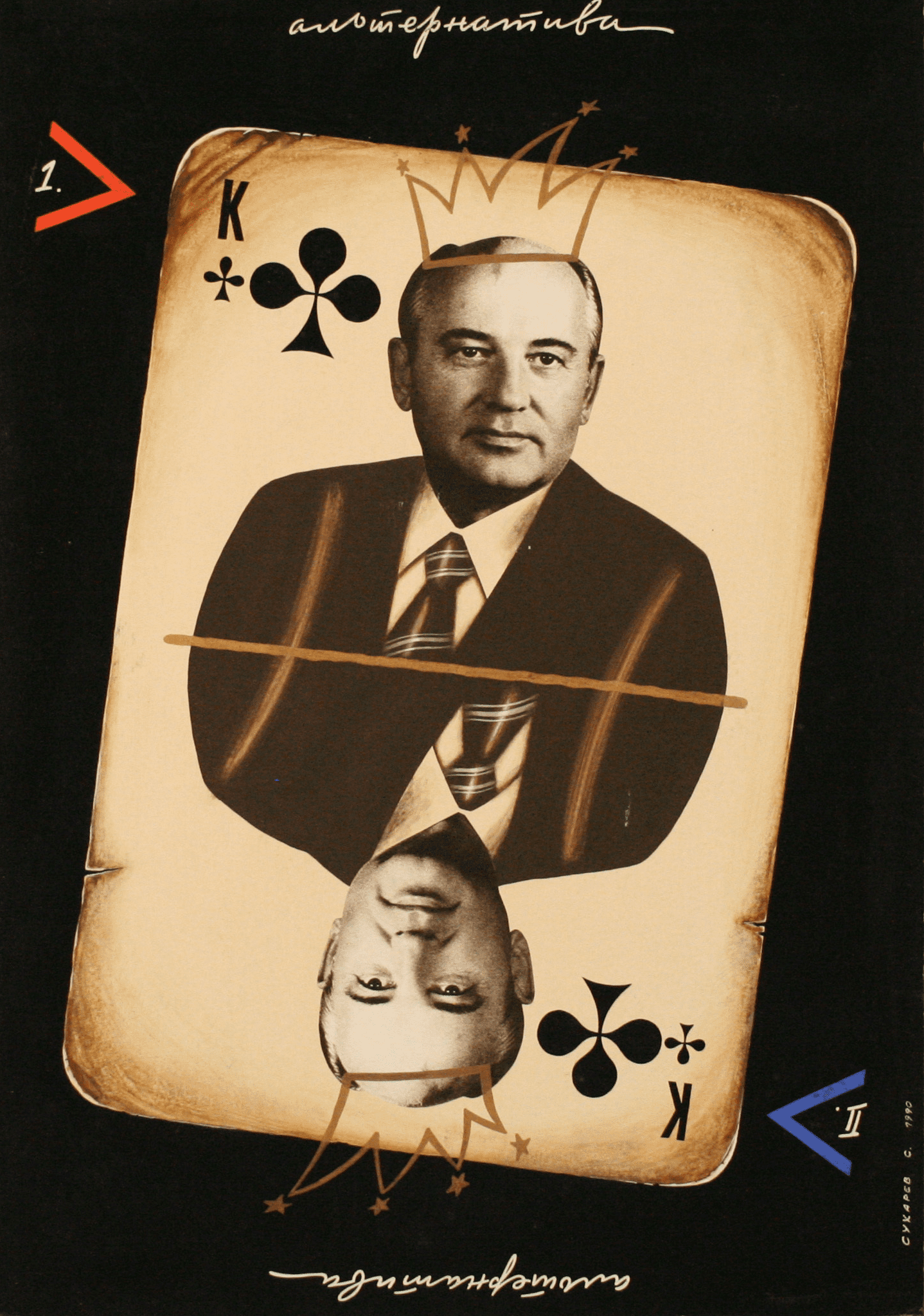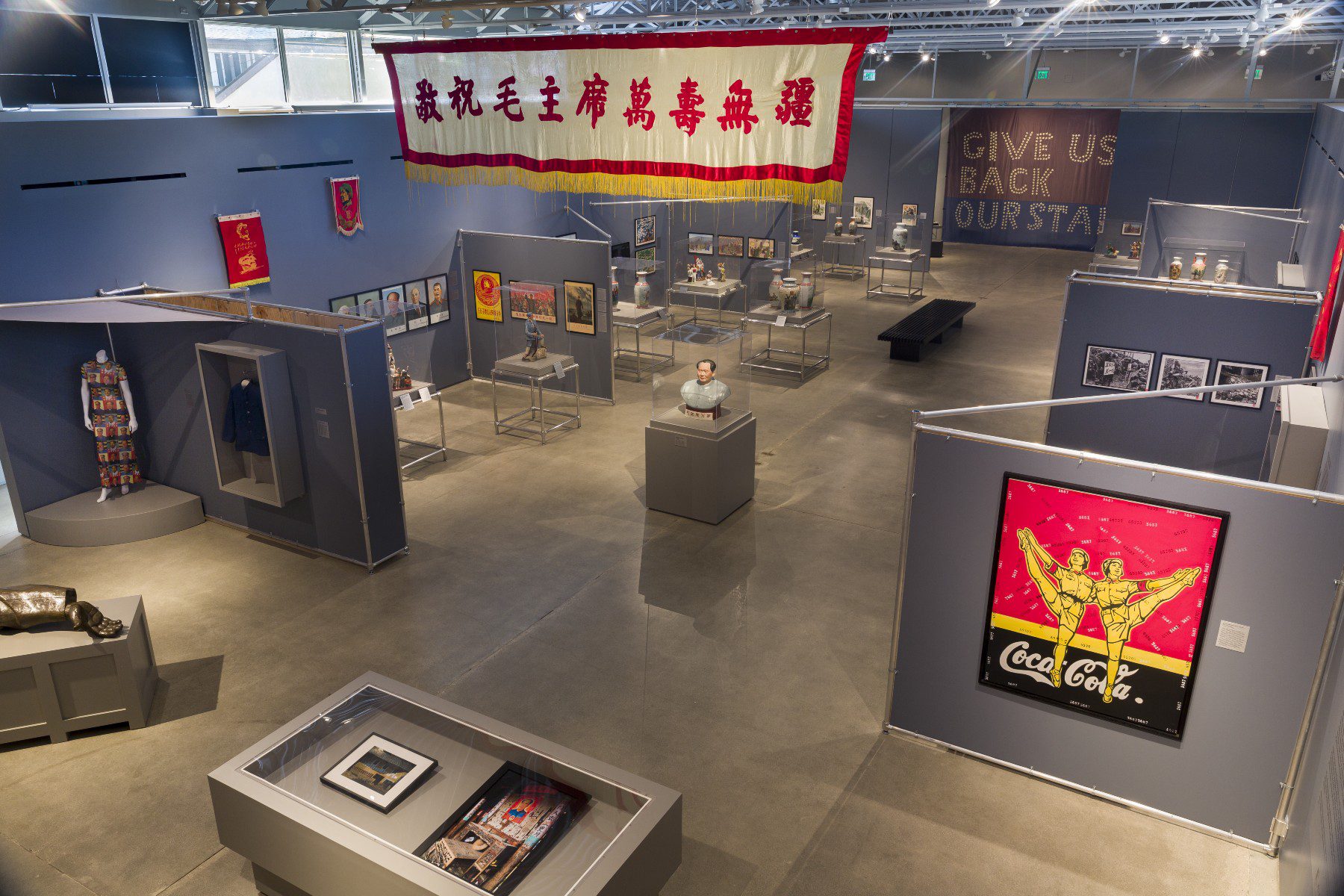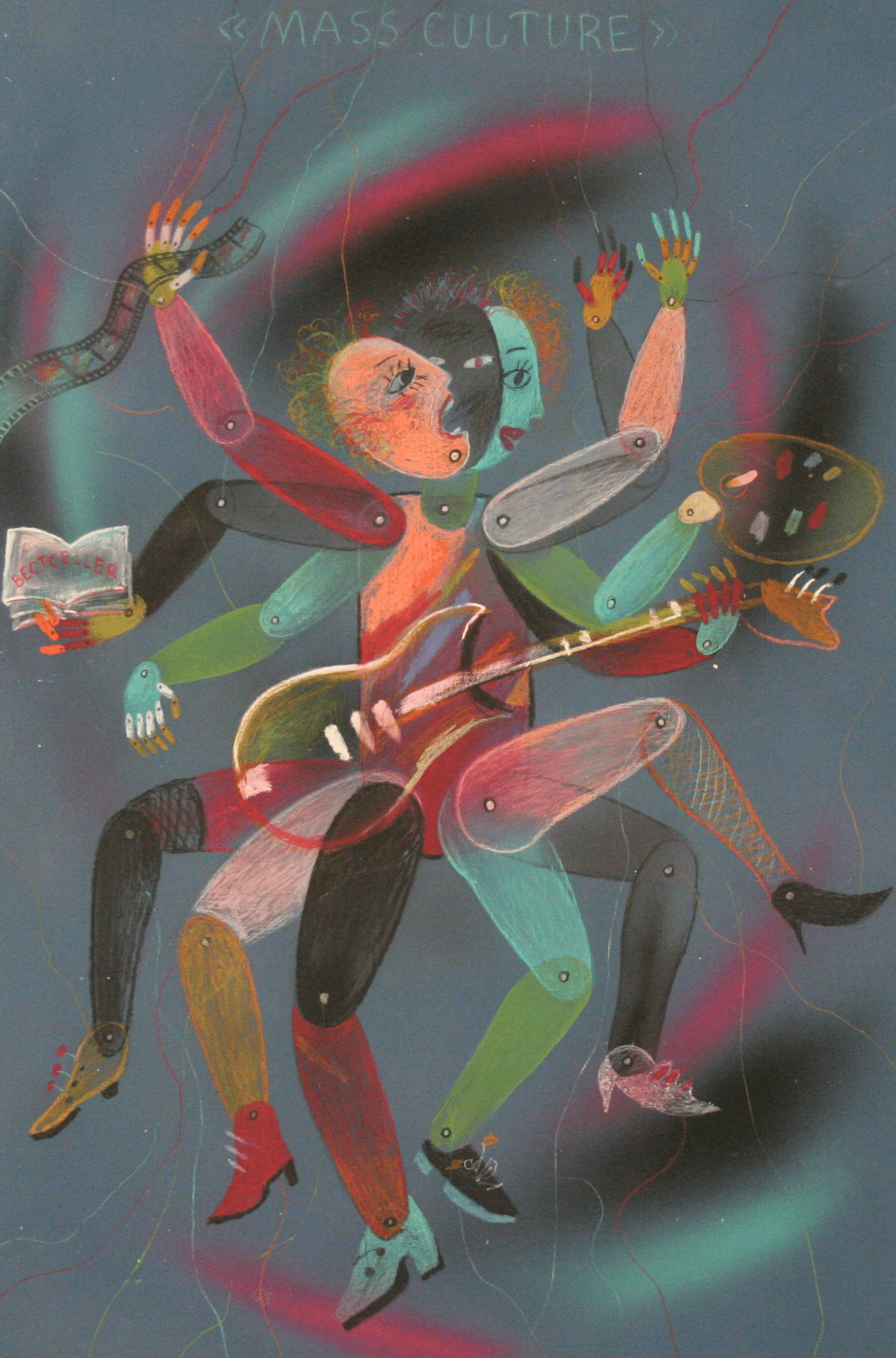The Hoffman Collection
By Nina Rao
The home movies in the Wende Museum’s Audiovisual Collection present a compelling and valuable counterpoint to the DEFA-produced films which comprise the bulk of the Museum’s moving image collection.
Historically, film preservation efforts have mostly focused on professional productions, but home movies serve an important role as films that “document history in a way that no other medium can”:
They reveal important information about our culture and its customs, about historical events and figures, labour and leisure activities, the natural and urban landscapes in which we live, modes of transportation, fashion, sports, religion, and the ways in which we interact and communicate with one another. 1

The Hoffman films are at once extraordinary and ordinary: a “record of the fantasies of family life, of gender relations, of parenting styles, of family rituals … of life at a specific moment.” 2 The collection is an aggregation of specific moments—a New Year’s Eve celebration with friends, a mother’s 40th birthday, a summer afternoon at the beach—that together create something bigger. These films show us life as photographed by those outside of national systems of representation. Although these representations exist briefly, as traces, in 100ft “visualizations and condensations,” 3 they provide clues to understanding lives, cultures, and traditions—where did East German families vacation? What games did children play? How was Christmas celebrated?

And as much as they can depict difference they can also reveal similarities when we recognize traces from our own lives—in shots of the “kid’s table” at a holiday dinner, in the woman holding her hands up in front of the camera, in the gesture of the young man mischievously pushing another young man’s hat over his eyes—revelations that address broader questions about how parents relate to children, how men relate to women, how the person holding the camera relates to the subjects of its gaze, and how people represent themselves to the camera.

Home movies can serve all these functions, but only if they are preserved and accessible, an ongoing challenge in an era in which the technology of 8mm film is obsolete and few structures are in place to collect and preserve them. Such preservation is vital to ensuring the enduring value of cinematic heritage and cultural information found in collections such as the Hoffman films.
